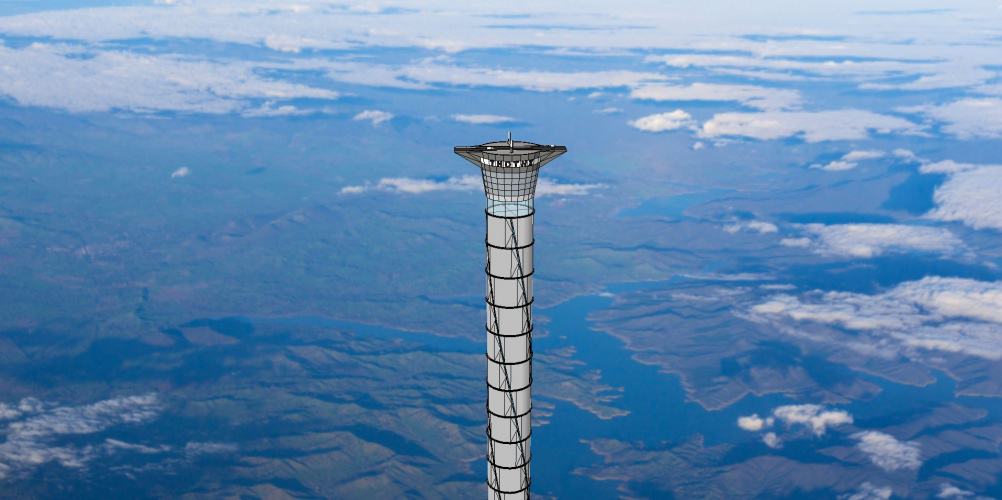The concept of a space elevator has been around for over a century, originating in 1895 with a Russian scientist, Konstantin Tsiolkovsky. The idea is that, rather than using the stored explosive energy of rocket fuel to lift objects into orbit, a structure would be built with its lower end on the ground and its upper end high above the planet — preferably in orbit itself. The orbital payload could then be lifted up the structure and released at the top; potentially reducing the cost of space launches by a huge factor. It’s always been seen as extremey fanciful, but recently a Canadian company called Thoth Technology patented a design for a 12.4-mile high inflatable structure topped with a runway for spaceplane-type craft to take off and land. While not the full orbital elevator concept as envisioned by Tsiolkovsky, it would still cut launch costs by about a third, Thoth claims.

We’ve assembled a panel of experts to answer your questions about this intriguing and ambitious technology. What are the materials challenges of building such a structure? What forces will it have to endure? How will the elevator itself work? Send us your questions by 5pm on Thursday 24th September, and we’ll publisjh answers to a selection of questions in our next issue and online.




Poll: Should the UK’s railways be renationalised?
I think that a network inclusive of the vehicles on it would make sense. However it remains to be seen if there is any plan for it to be for the...